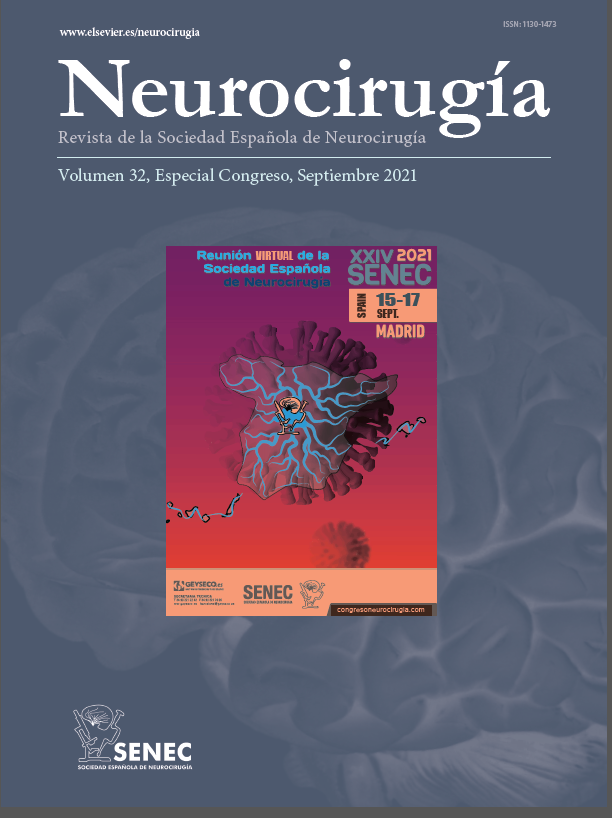C-0378 - WHAT TECHNIQUE IS PREFERABLE FOR THE SURGICAL TREATMENT OF JEFFERSON FRACTURE? ANALYSIS OF RESULTS FOR 42 CONSECUTIVE PATIENTS
Sklifosovsky Research Institute for Emergency Medicine, Moscow, Russia.
Objectives: To analyse long-term results for different techniques of surgical treatment of patients with unstable C1 fractures.
Methods: Between 2008 and 2019, 42 consecutive patients underwent surgical treatment for type II and III C1 fractures. In 27 patients, posterior fixation of the C1-C2 was performed. Minimally invasive and open posterior transarticular fixation (TAF) of C1-C2, or routine Magerl technique, or Goel-Harms technique (GHT) were used. In 12 cases, Ruf’s method was applied through the posterior midline and a minimally invasive approach. For two patients, anterior contralateral TAF was the method of choice. One patient with C0-C1-C2 instability was treated with condyle-C1-C2 screw fixation. Mean follow-up period was 4 years (range 0.4-10), and 31 patients were available for follow-up.
Results: Statistical analysis revealed reduced operative time, blood loss volume, severity of postoperative pain and hospital stay for percutaneous posterior TAF and a minimally invasive posterior variation of Rufs technique. For atlanto-axial fixation techniques, C1-C2 fusion was achieved in 93.1% of cases, with stable fibrous fusion in 6.9%. Full or partial C1 ring fusion was achieved in all cases of posterior modification of the Ruf’s method. No cases of increase in atlanto-dental interval were observed. According to the SF-36 questionnaire, long-terms outcomes did not significantly differ between the methods, except for differences in the range of motion in the cervical spine.
Conclusions: Posterior monosegmental C1 fixation, according to Ruf’s concept, is comparable to other techniques. It allows the performance of minimally invasive fixation of a Jefferson fracture with maximum preservation of the motion of the cervical spine. Further studies of this technique with a larger cohort of patients should be performed for more valuable and adequate comparisons of the posterior Ruf’s and C1-C2 stabilizing techniques.









